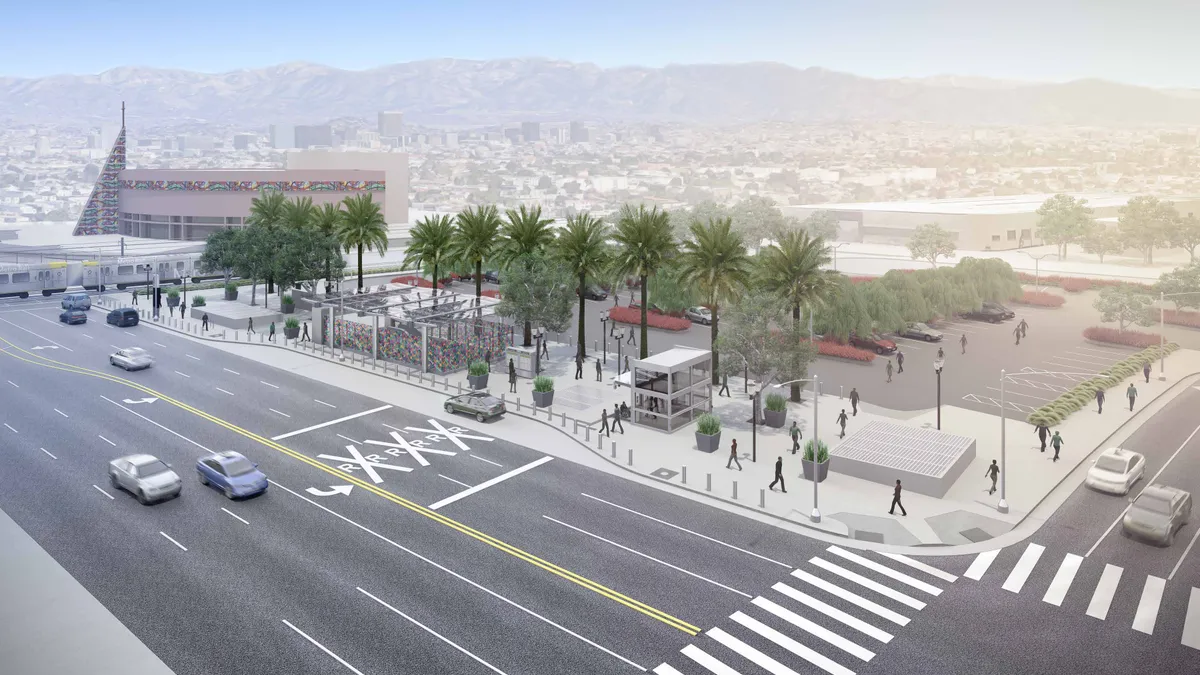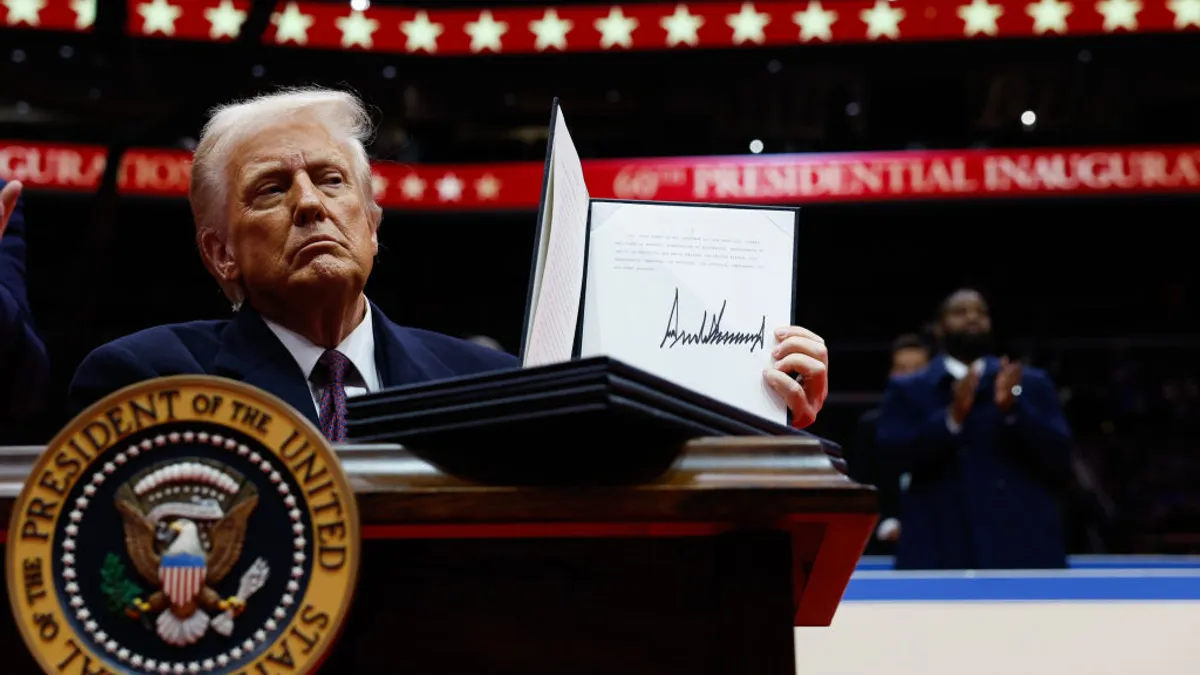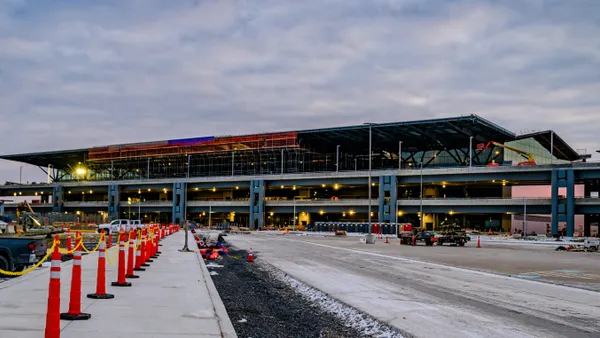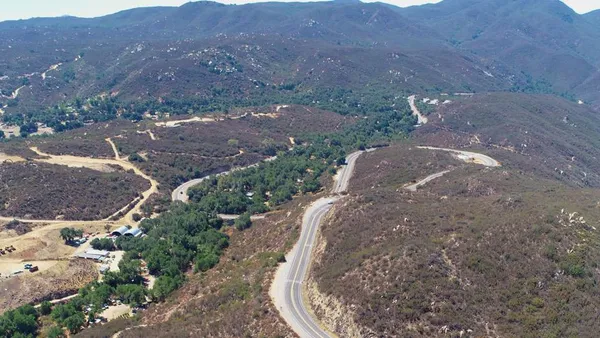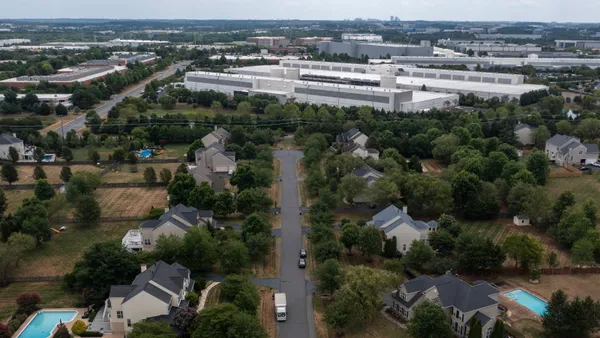Dive Brief:
- Richard Clarke, the chief program management officer for the Los Angeles County Metropolitan Transportation Authority, told the agency's construction committee on Thursday that the $2 billion Crenshaw/LAX Transit Project, an 8.5-mile light-rail line that will serve the City of Los Angeles and other areas, is approximately five months behind schedule.
- Clarke told committee members that Walsh/Shea Corridor Constructors, which is led by Walsh Construction and J.F. Shea Co., is approximately 86% complete but that electrical work at the north end of the line is taking longer than anticipated. He said the Metro is working with Walsh/Shea to perhaps increase the company's resources at that location but, in his presentation to the board, indicated that the line might not be ready by its fall 2019 deadline.
- Despite the delay, however, Walsh/Shea continues to perform underground and track work, systems testing, removal of street decking and street restoration over underground stations. In addition to the line itself, the Walsh/Shea construction team, which also includes HNTB Corp., L.K. Comstock National Transit and Arup Group, will build a total of eight stations and two Park and Ride lots. Metro approved the $1.2 billion design-build contract with Walsh/Shea in June of 2013.
Dive Insight:
The Crenshaw/LAX project, along with dozens of others, is funded through a special voter-approved Los Angeles County tax known as Measure R. The one-half cent tax is expected to raise $8.5 billion in 10 years and $40 billion during the course of 30 years, all earmarked for transportation — 35% for new rail and/or bus rapid transit; 20% for highway projects like carpool lanes and sound walls; 20% for bus operations; 15% for local street projects like rehabilitation and repair, bike lanes and streetscapes; 5% for rail operations; 3% for Metrolink capital improvements and 2% for Metro rail improvements.
The Westside Subway Extension, the Gold Line Eastside Extension, the Gold Line Foothill Light-Rail Extension and Interstate 5 capacity enhancements are just a few of the initiatives helped along by Measure R.
This is likely the type of state and local funding President Donald Trump had in mind when his administration crafted his infrastructure plan, presented early this year. In the February draft, the federal government would incentivize state and local governments to obtain their own project financing with some grants, leaving major federal funding for projects that impact the country. California is a leader in raising local money for its transportation and infrastructure initiatives through local tax measures.
In 2016, voters passed Measure M, another half-cent tax increase to pay for additional transit projects and to accelerate construction on some Measure R projects.


